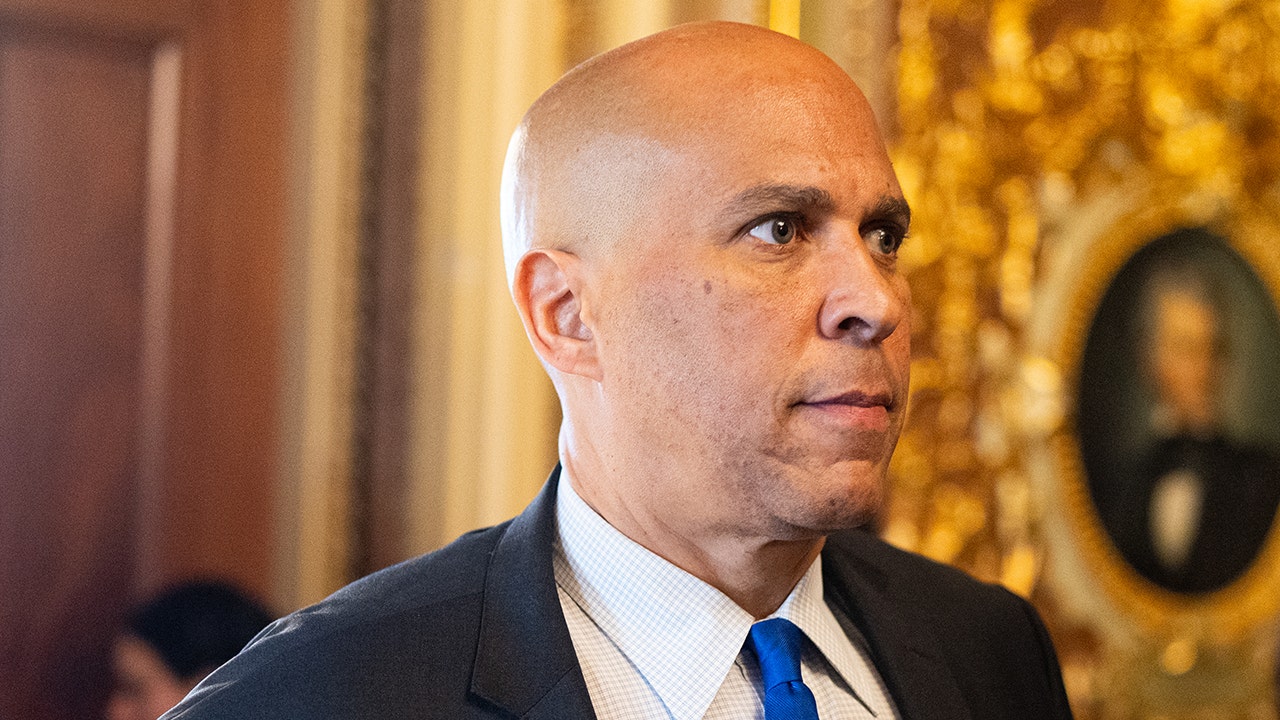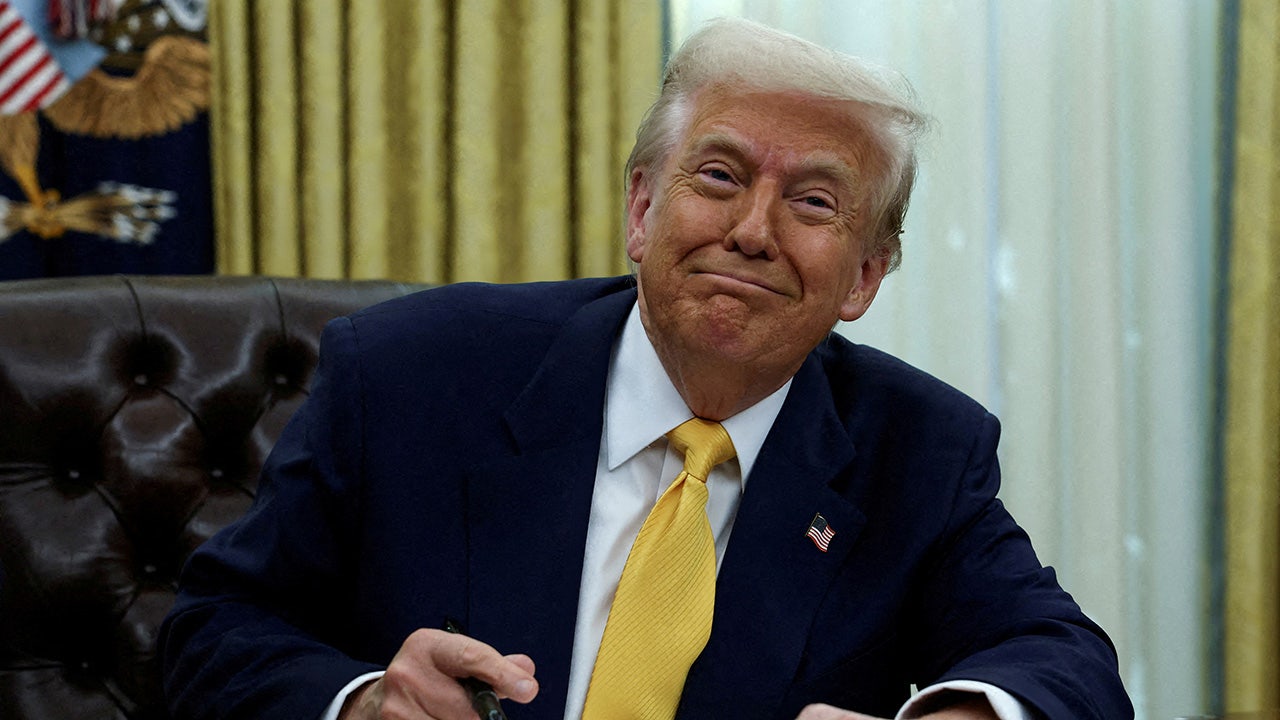Vice President JD Vance landed in Greenland on Friday afternoon as part of a contentious trip pushed by the Trump administration and angrily opposed by Greenlanders.
Mr. Vance toured a remote American military base, telling reporters that the United States had to “wake up” to China and Russia’s designs on the island.
“We can’t just bury our head in the sand,” he said, “or, in Greenland, bury our head in the snow.”
President Trump has been insisting that the United States take over the icebound island, which is a semiautonomous territory of Denmark and has been connected to Denmark for more than 300 years. Mr. Trump has been fixated on Greenland since his first term in office and recently vowed to “get it — one way or the other.”
Mr. Vance took a softer tone, saying that the United States would respect Greenland’s right to self-determination and that using military force, which Mr. Trump refused to rule out, would not be necessary.
But Greenlanders have resisted the overtures. The government of Greenland did not invite Mr. Vance or the others in his group, which included his wife, Usha, as well as the national security adviser and the energy secretary. Protests had been planned in Nuuk, the capital, where Ms. Vance was originally scheduled to visit, and that part of the trip was scrapped a few days ago.
Instead, the entire visit was reduced to about three hours at the Pituffik Space Base, a missile defense station far from any town — or any chance of an embarrassing TV moment.
The White House’s original plan was for Ms. Vance to attend a famous dog sled race this weekend and see other cultural sites, in an effort to bring the United States and Greenland closer.
The plan backfired. Protesters were gearing up to line the road from the airport into town. Greenland’s government blasted the visit as “highly aggressive.” Even the organizers of the dog sled race said they never asked Ms. Vance to attend in the first place.
A spokeswoman for Ms. Vance contested that, saying she had received “multiple invitations.”
As the Vances sat down for lunch at the base, Mr. Vance made a colorful remark about how cold it was and said, “Nobody told me,” prompting laughs.
The national security adviser, Michael Waltz, gave a few remarks but said nothing about the intense criticism he was facing for discussing military plans over a messaging app in a group that included a journalist.
Foreign policy analysts said the revised trip was a watered-down version of what the White House really wanted.
“It’s a tactical retreat,” said Lars Trier Mogensen, a political analyst based in Copenhagen. “On the one hand, they de-escalated by not carrying out the full cultural mission and skipping the P.R. stunt. On the other hand, it’s a symbolic escalation that the highest-ranking official is visiting Greenland.”
Mr. Vance is the most senior American official to ever visit the island, according to foreign policy experts.
Greenland’s size — it’s the world’s largest island — and its location in North America along the increasingly contested Arctic Ocean seems to be the root of Mr. Trump’s fascination. Members of his inner circle, including Mr. Vance, have also spoken of Greenland’s “incredible natural resources” (though most of them are buried under ice).
Just this week, Mr. Trump again insisted that Greenland was vital to American security, saying, “We need it. We have to have it.”
Greenland had been steadily inching away from Denmark, with the island gaining more power over its own affairs and Greenlanders showing more interest in independence. There is — or was, until recently — a significant movement within Greenland that wanted to form a closer alliance with the United States, which has stationed troops on the island since World War II.
But the mood is turning against Mr. Trump, and many ordinary Greenlanders didn’t want Mr. Vance to come at all.
“I don’t know what he wants,” said Tupaarnaq Kanuthsen, a woman walking through Nuuk on Friday. “He’s not welcome.”
Shortly before Mr. Vance arrived, Greenland announced a new government; the island held elections a few weeks ago but no party won a majority.
The new government will be a coalition of all the island’s major parties except one — the Naleraq party, which has the closest connections to Mr. Trump. One of the party’s prominent members has been open about his support for Mr. Trump and attended the president’s inauguration.
Politicians from the ruling coalition downplayed the significance of their exclusion of the Naleraq party, citing other reasons they couldn’t work with its members.
But members of Naleraq, which came in second during the election, didn’t buy it.
“I think our party has been misunderstood,” said Qupanuk Olsen, a well-known social media influencer elected on the Naleraq ticket.
“Being open to cooperation with the U.S. is being interpreted as sucking up to them,” she said. “But it’s really just about openness to business and trade. Trump is only president for four more years; we have to think 10, 20 years ahead. We can’t just shut out the U.S. completely.”





